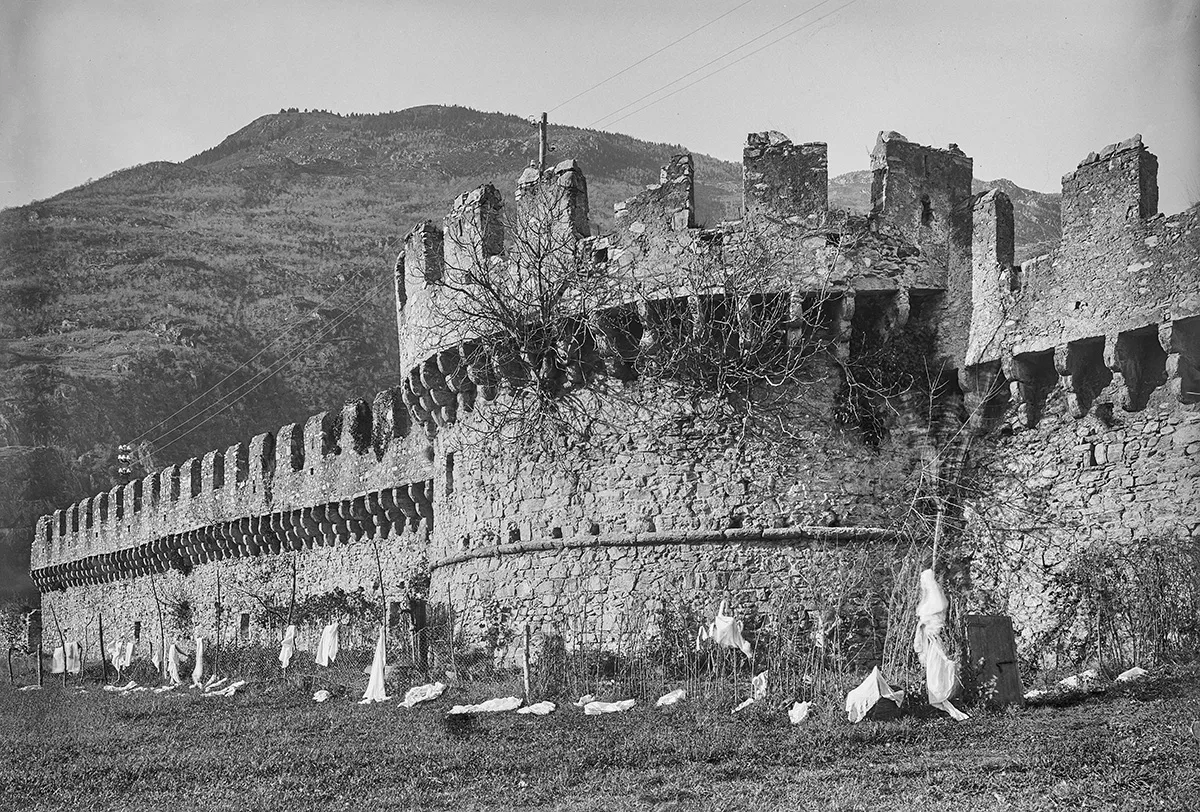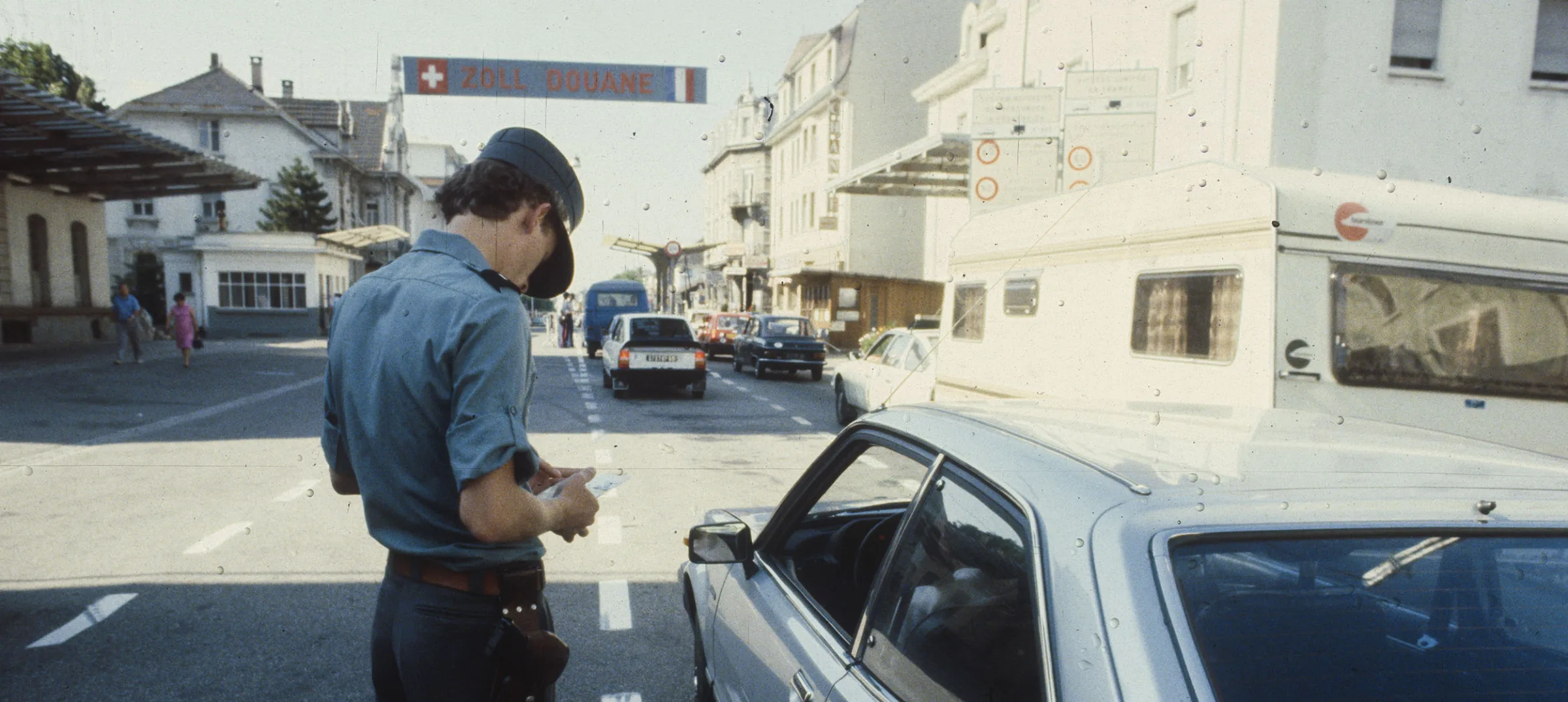
Bellinzona’s Castles
The Castles of Bellinzona – Castelgrande, Montebello, and Sasso Corbaro – count among the most outstanding examples of heavy military architecture in the Alpine region. Because they safeguarded access to the Alpine passes, these late-medieval castles were of considerable value to the Duchy of Milan and coveted by the Old Swiss Confederation. As a result of Swiss participation in the Italian Wars, they were seized by the Swiss in 1500 CE, and they have remained under Swiss control ever since.
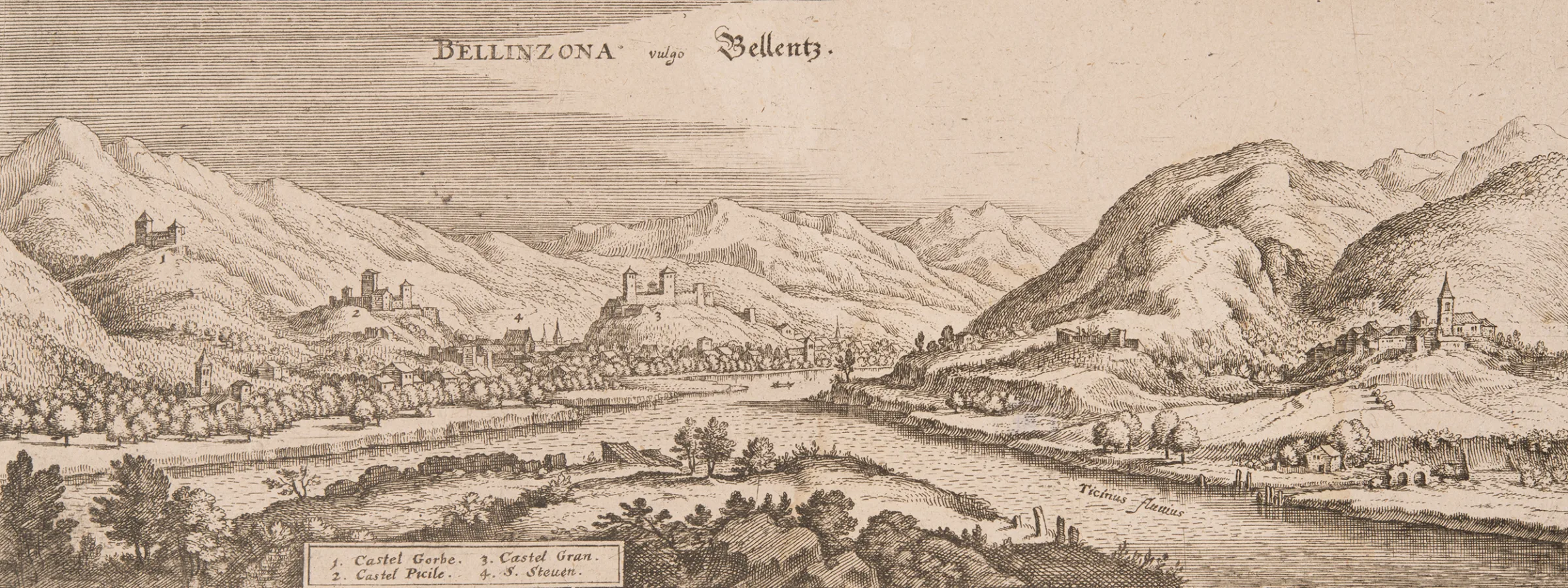
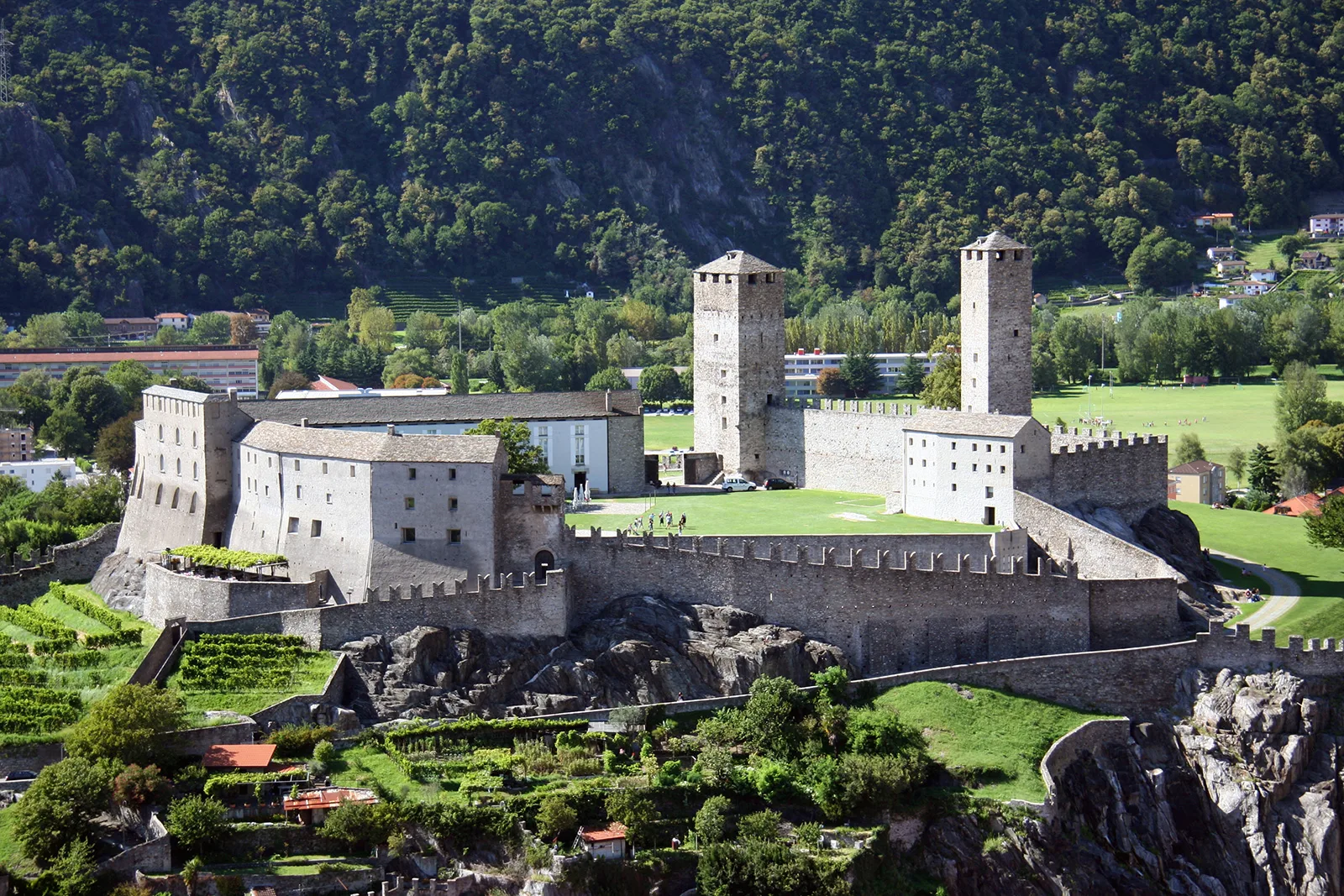
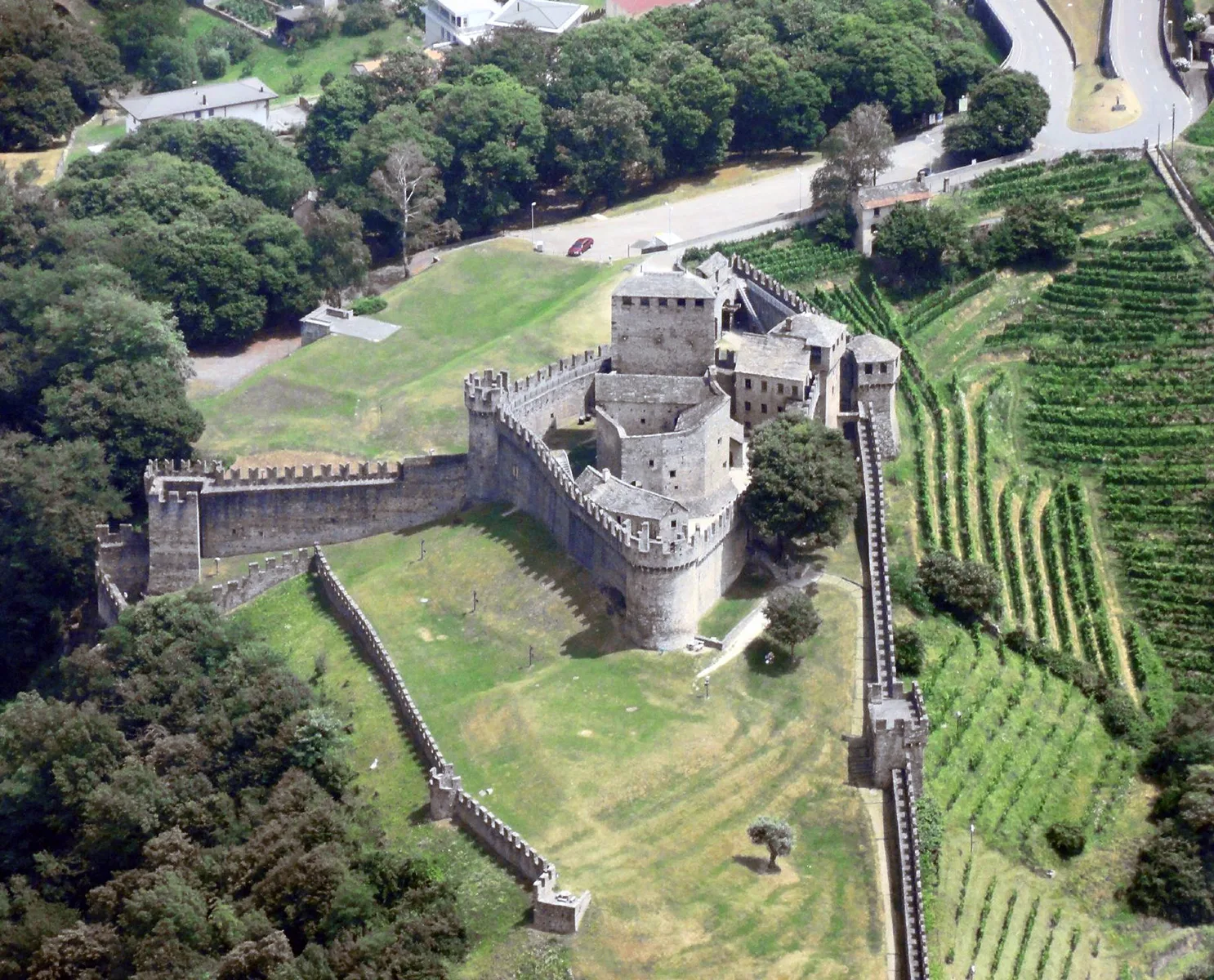
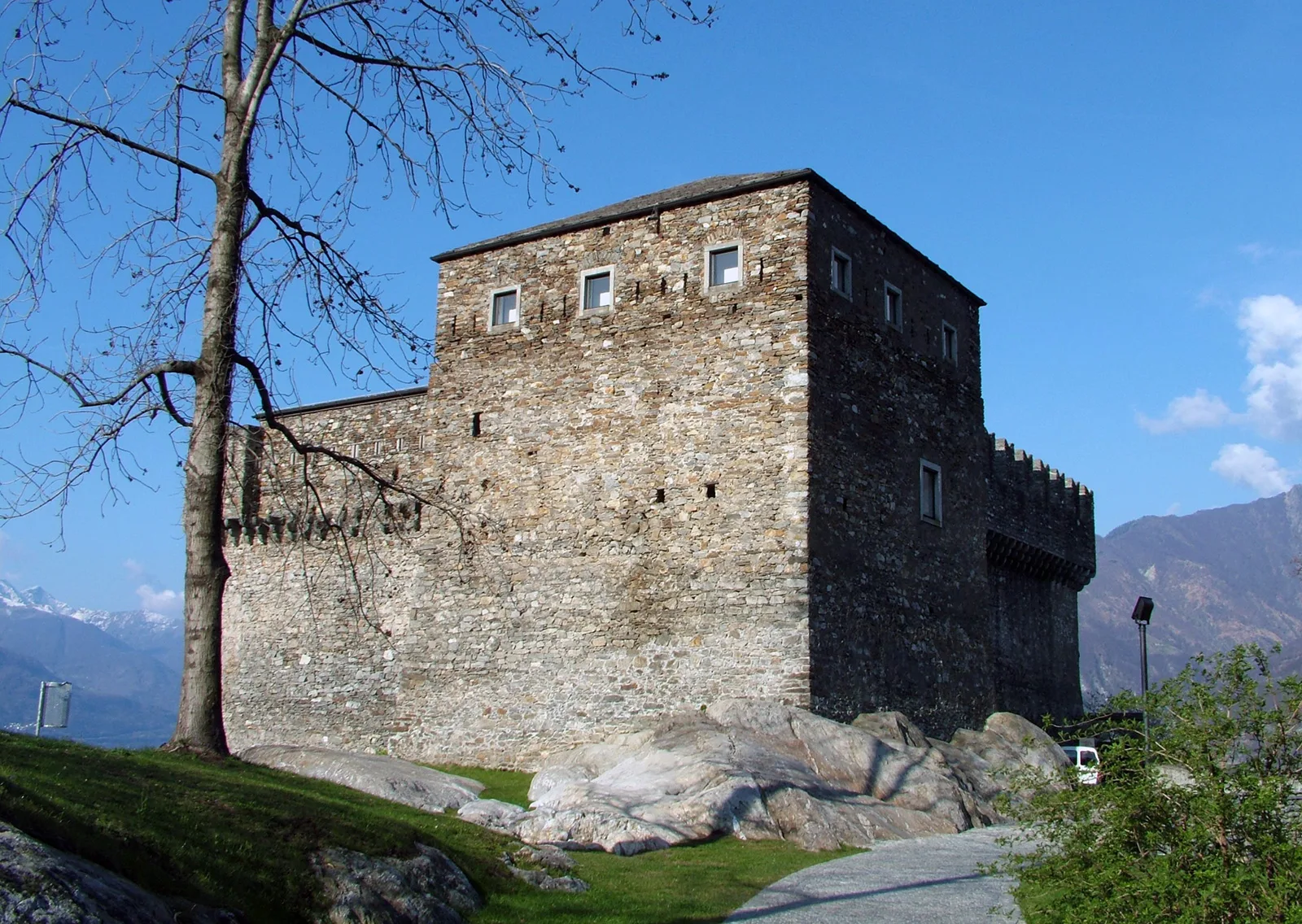
Milanese Heyday

Swiss Patrimony
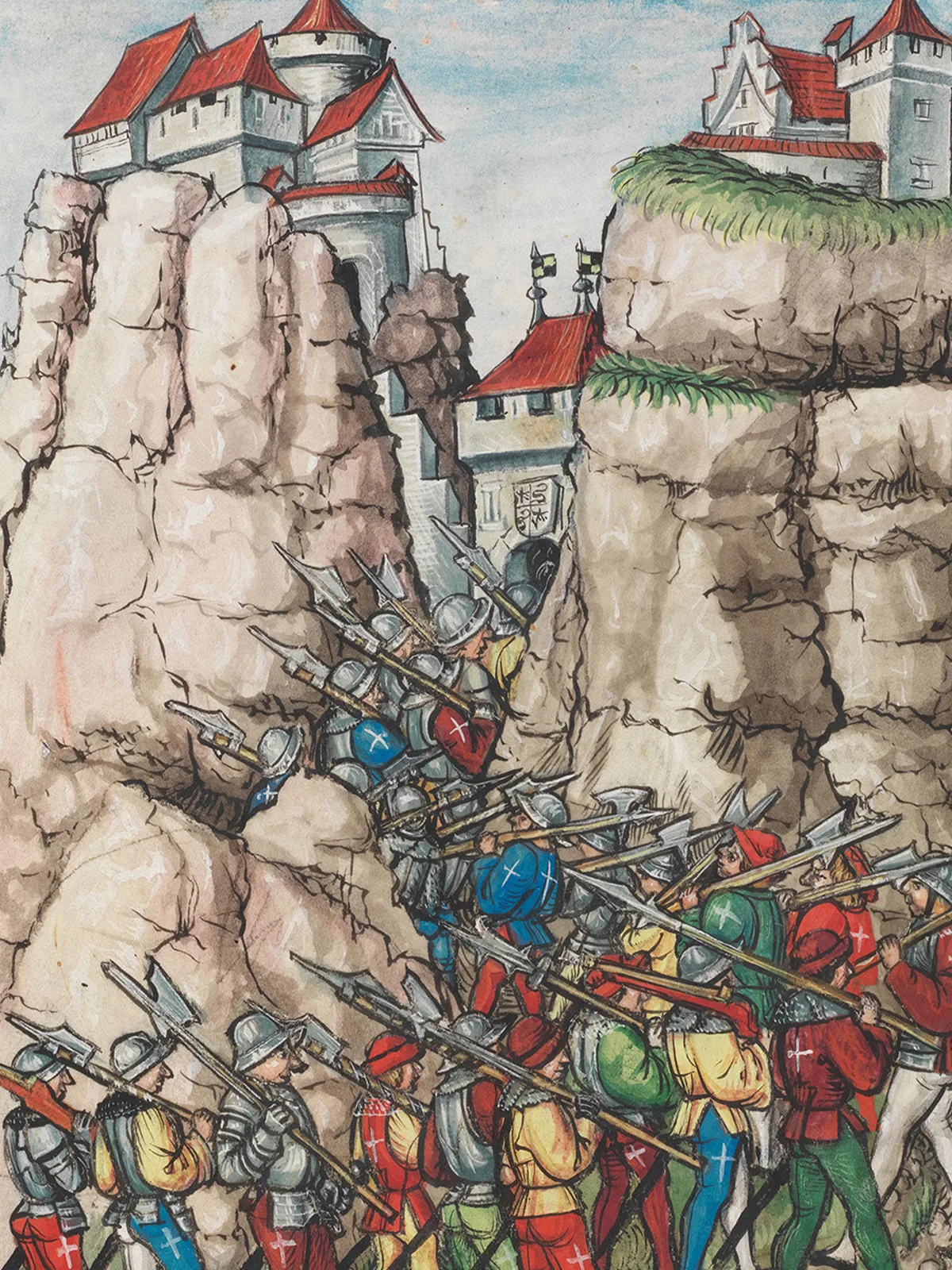
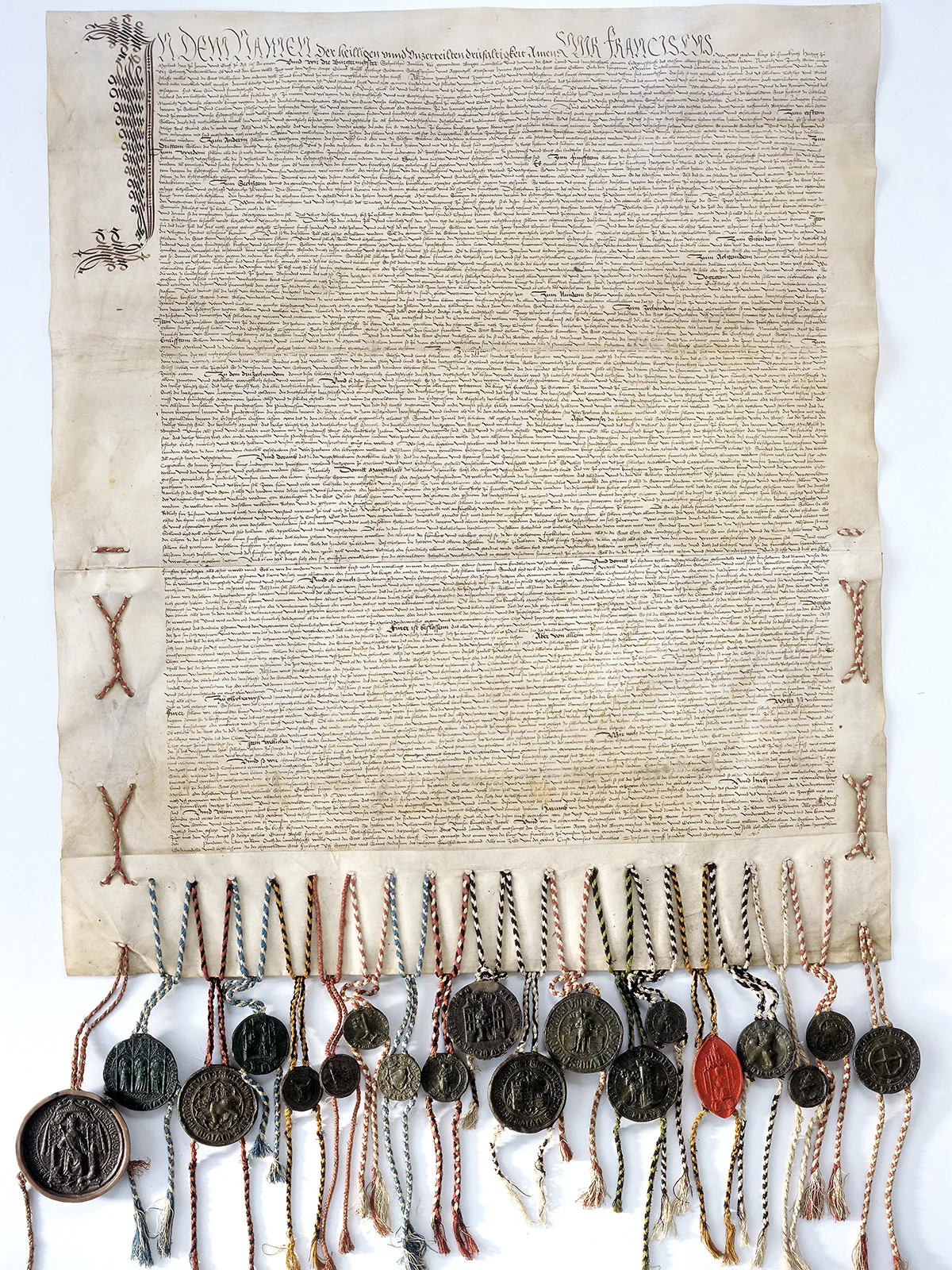
The distant aspect of Bellinzona, surrounded by battlemented walls, which once stretched quite across the valley, and overhung by no less than three feudal castles, is exceedingly imposing and picturesque. It looks as though it still commanded, as it once did, the passage of the valley. The luxuriance of vegetation, and the magnificent forms of the mountains around, complete the grandeur of the picture.
